The Type 70 of 1939?
Apparently a X - type engine, constructed of 4 blocks of 4 (thus also a 16 cylinder). No further information available.
Some questions remain unanswered here, like if the first two engines had any Type-numbers, fitting into the general Bugatti Nomenclature. Another one is the degree of involvement of Ettore Bugatti in the later development of the Breguet engines. To Borgeson it seems impossible that he was not somehow involved in this, moreover because the Breguet H32 is like the culmination of the Bugatti idea, who himself began by making a two-cylinder at Prinetti and Stucchi by combining two single-cylinder engines. Than the T14 which was a kind of "straight eight" with two T13 engines mounted in one chassis, and finally the U16 aeroengines of 1916 and 1925, and of the T45 and T47 Automobiles, combining two straight-eights to make a 16-cylinder engine!
It may seem that all this designing of aeroengines was of no use, however the money Bugatti will have made by selling the Licenses, especially the $100.000 for the license to the Americans, helped him in getting started again in Automobile Manufacturing after WWI.
It is seen here how cunning Bugatti was in selling his product at a time that it was not really well developed, claiming performance of the engine that never had been met. The story of the ":American connection" is a very interesting one, and can be read in the Borgeson book.
The development of these engines added much to the engine design for his cars, the 8-cylinder aero-engine being the first straight eight, even showing some of the straight - cut features typical for all of the later engine-designs. The T34 was very much like a double-Royale engine, especially in the way the main bearings were suspended from the cylinder-blocks, and not part of the crank-case!
Museum engines
The best place to visit is the Musee de l'air at Chalais-Meudon, 2 rue des Vertuajadins, Meudon, just outside the Paris boundaries in the south west direction. There is a French U-16 engine here to be seen, as well as two Breguet-Bugatti engines and a 1.5 litre Brescia engine. Of the Breguet Bugattis at least one is of the H-32 type.
A King-Bugatti engine can be seen at the National Air Museum of the Smithsonian Institution in Washington D.C., and one in the USAF museum at the Wright-Patterson AF Base at Fairborn, Ohio.
 NEWS
NEWS  100P Airplane
100P Airplane  Bugatti
Bugatti  de Monge
de Monge  Organisation
Organisation  Pegasus Newsletter
Pegasus Newsletter Contact
Contact  Links
Links Main
Main 




 NEWS
NEWS  100P Airplane
100P Airplane  Bugatti
Bugatti  de Monge
de Monge  Organisation
Organisation  Pegasus Newsletter
Pegasus Newsletter Contact
Contact  Links
Links Main
Main 
 NEWS
NEWS  100P Airplane
100P Airplane  Bugatti
Bugatti  de Monge
de Monge  Organisation
Organisation  Pegasus Newsletter
Pegasus Newsletter Contact
Contact  Links
Links Main
Main 